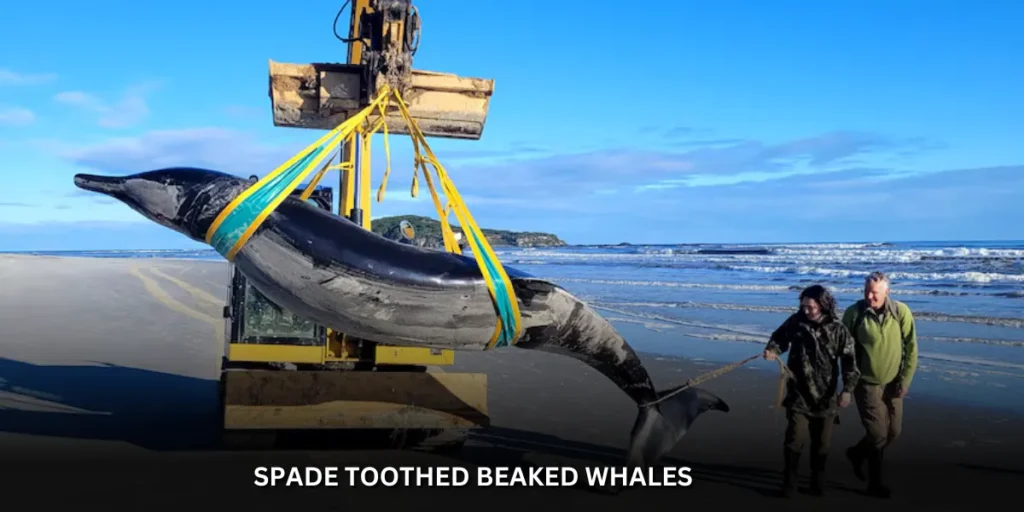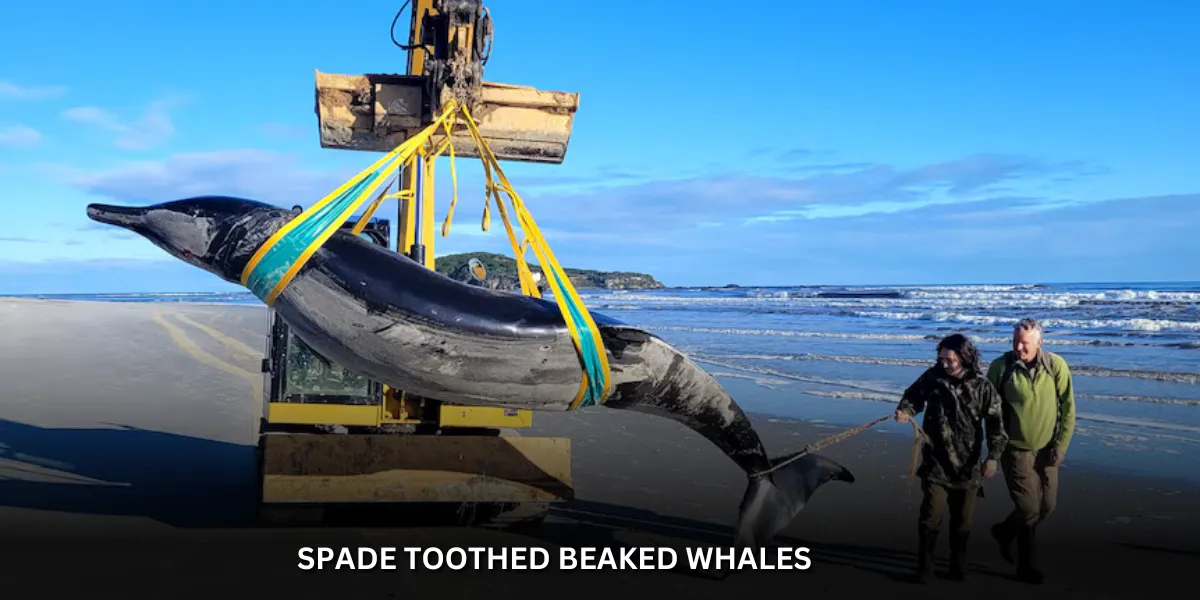
The Enigmatic Spade-Toothed Whale: A Deep-Sea Mystery
spade toothed beaked whales : The spade-tooted whale is the rarest whale species on Earth, shrouded in mystery. Learn about its unique features, habitat (thought to be), and the challenges scientists face in studying this elusive creature.
The Rarest Whale on Earth
On July 18, 2024, the elusive spade-toothed whale (Mesoplodon traversii) remains an enigma in the vast world of marine mammals. This elusive creature holds the unfortunate title of the rarest whale species known to science. Unlike most whales that have been observed and studied in their natural habitat, the spade-toothed whale has never been seen alive. Our entire understanding of this fascinating animal comes from a handful of fossilized remains.
Unveiling the Spade-Toothed Whale: A Look at the Fossils
The first glimpse of the spade-toothed whale came in 1872 when a partial jawbone was discovered on Pitt Island, New Zealand. Over the years, a few more fragments, including skulls, have been found in New Zealand and Chile. These precious fossils provide the only clues scientists have to piece together the life of this mysterious whale.
Distinctive Features: Teeth That Set Them Apart
One of the most striking characteristics of the spade-toothed whale is its namesake teeth. These impressive teeth can grow up to 9 inches (23 centimeters) long, making them some of the largest teeth found in any beaked whale species. Unlike other beaked whales whose teeth are slender, the spade-toothed whale’s teeth are broad and flat, resembling a spade – hence the name. Interestingly, these formidable teeth are believed to be a feature exclusive to males, and may smooth out over time due to fighting with other males.
Size and Appearance (Based on Skeletons)
By studying the skulls and bones, scientists believe the spade-toothed whale may resemble a larger version of the ginkgo-toothed beaked whale. Their overall body size is estimated to be in the medium range for beaked whales. Unfortunately, without any live sightings, much of their physical appearance remains a mystery.
Where Do Spade-Toothed Whales Live?
The limited fossil evidence suggests that spade-toothed whales inhabit the Southern Hemisphere, possibly concentrated in the South Pacific Ocean. However, due to the deep-sea nature of their habitat and their elusive behavior, their true range is entirely unknown. Scientists believe they are likely deep-water dwellers, spending most of their time far from the reach of human observation.
A Life of Mystery: Behaviors and Habits (Presumed)
Since no live spade-toothed whales have ever been encountered, their behavior and habits remain a fascinating guesswork. Scientists can only make educated assumptions based on what is known about other beaked whale species. It is believed that they, like most beaked whales, are solitary creatures or live in small pods. Their deep-sea environment suggests they likely feed on squid, small fish, and other prey found in the ocean depths.
Conservation Status: An Unknown Quantity
The lack of information about the spade-toothed whale population makes it impossible to determine their conservation status. They could potentially be critically endangered, or their population might be healthier than we imagine. Without more data, it is simply too early to tell.
Challenges in Studying Deep-Sea Dwellers
spade toothed beaked whales Studying deep-sea creatures like the spade-toothed whale presents a significant challenge for scientists. compass diversified holdings stock price: on the Rise: What Investors Need to KnowThe vastness and darkness of the ocean depths make it difficult to locate and observe these animals in their natural habitat. Traditional research methods often employed for whales, such as visual surveys and boat-based observations, are largely ineffective for these elusive creatures.
A Peer Into the Future: Expectations for Novel Findings
Despite the challenges, spade toothed beaked whales there is hope for the future of spade-toothed whale research. Advancements in deep-sea exploration technology, such as underwater drones and acoustic monitoring devices, offer new possibilities for encountering these whales in their natural environment. With continued research and exploration, we may one day finally catch a glimpse of this fascinating and mysterious creature alive.

